
cd_nom

| Author : F. Merlier |
 |
To get the picture, please visit:
FRANCK MERLIER
e-mail : inpn@mnhn.fr
Legend: Imago
Any reuse of one or more photographs on this site is subject to an authorization request from the author.
Link to the Code of Intellectual Property (Legifrance)
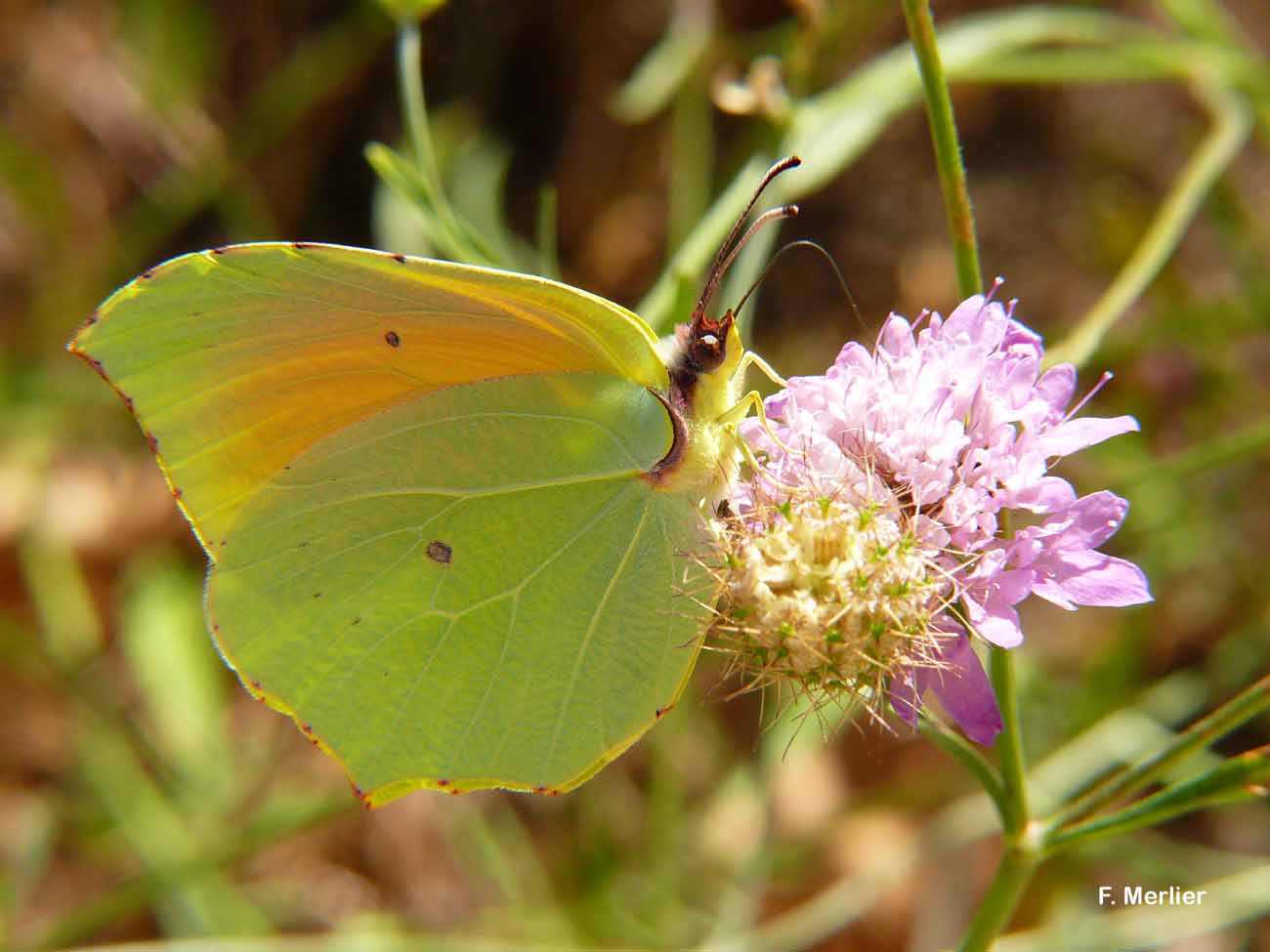
| Author : F. Merlier |
 |
To get the picture, please visit:
FRANCK MERLIER
e-mail : inpn@mnhn.fr
Legend: Imago
Any reuse of one or more photographs on this site is subject to an authorization request from the author.
Link to the Code of Intellectual Property (Legifrance)
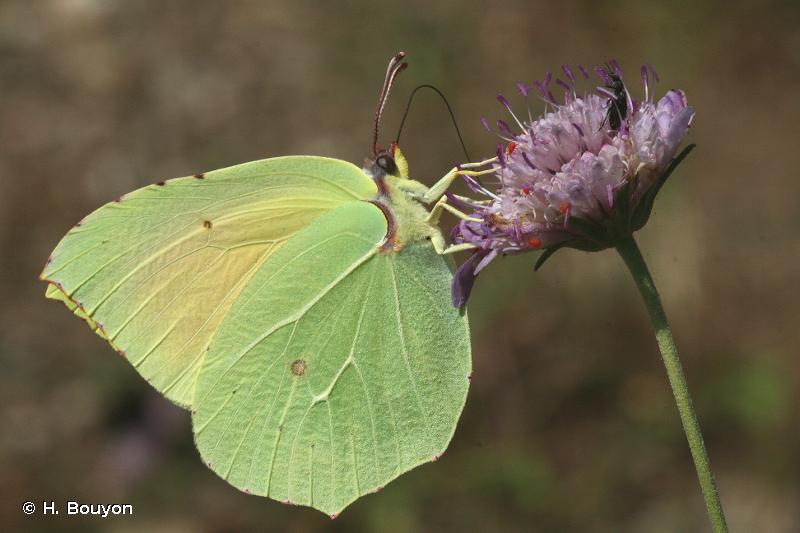
| Author : H. Bouyon |
 |
To get the picture, please visit:
Hervé BOUYON
email : herve.bouyon@wanadoo.fr
Any reuse of one or more photographs on this site is subject to an authorization request from the author.
Link to the Code of Intellectual Property (Legifrance)

| Author : S. Wroza |
 |
Despite the Creative Commons license, please inform the author of the use which will be made of his photo
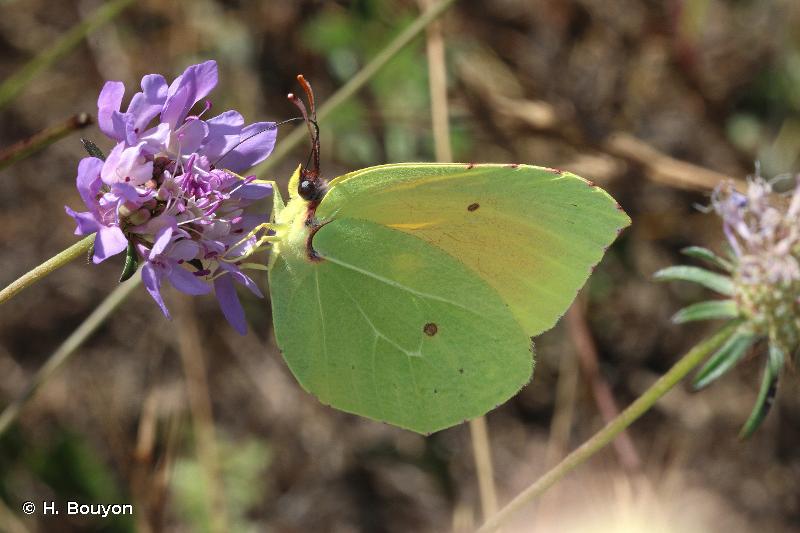
| Author : H. Bouyon |
 |
To get the picture, please visit:
Any reuse of one or more photographs on this site is subject to an authorization request from the author.
Link to the Code of Intellectual Property (Legifrance)
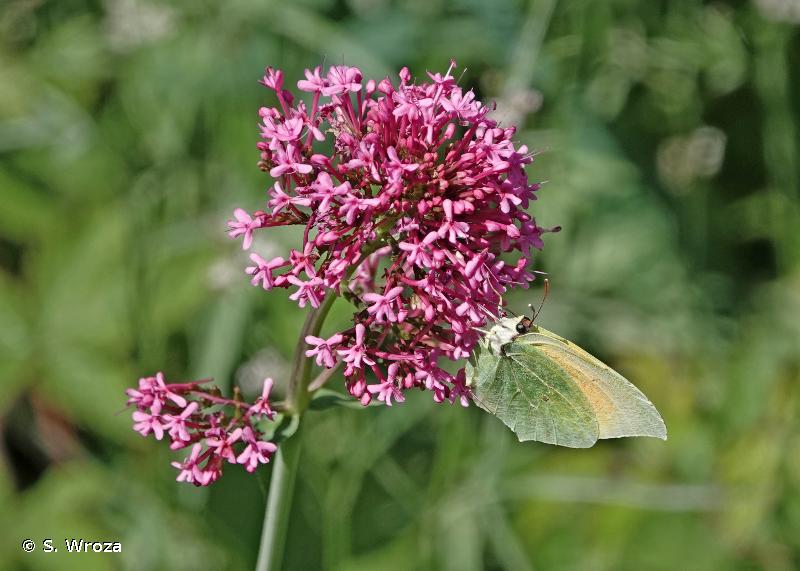
| Author : S. Wroza |
 |
Despite the Creative Commons license, please inform the author of the use which will be made of his photo
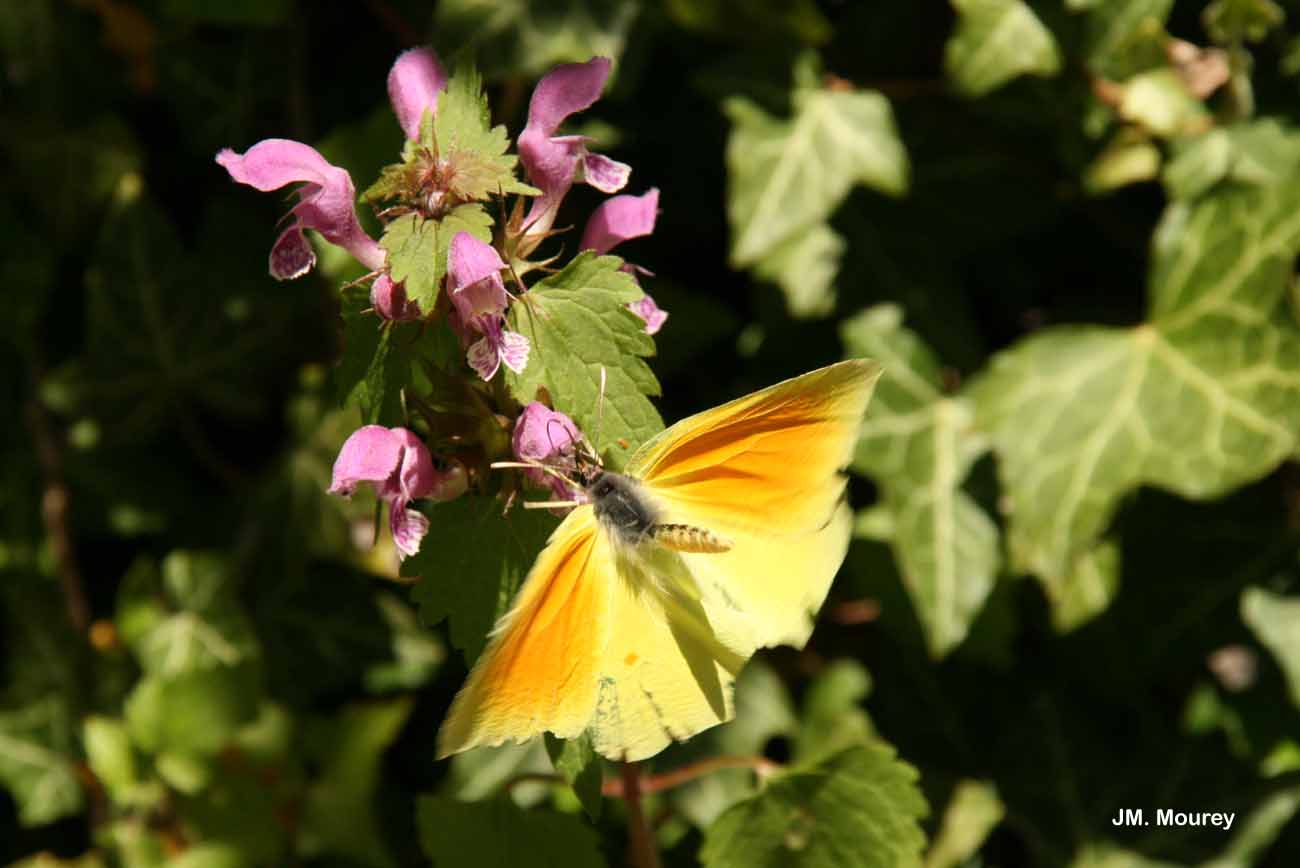
| Author : J.M. Mourey |
 |
To get the picture, please visit:
Jean-Michel MOUREY
Office National des Forêts - Direction de l'Environnement et des Risques Naturels
2 avenue de Saint-Mandé
75 012 PARIS
e-mail : jean-michel.mourey@onf.fr
Legend: Comps-sur-Artuby
Any reuse of one or more photographs on this site is subject to an authorization request from the author.
Link to the Code of Intellectual Property (Legifrance)
Taille :
Adulte : 25 - 30 mm
Diagnose :
Le mâle est jaune citron avec une grande partie de l'aile antérieure orange. Le dessus de la femelle est blanc-vert clair avec une nuance de jaune vers la base de l'aile postérieure. La chenille est de couleur verte.
Détermination :
L'adulte est relativement facile à reconnaître.
Espèces proches :
Il ressemble au Citron qui n'a pas d'orange aux ailes antérieures.
Période d'observation :
L'adulte est visible de février à octobre.
Biologie-éthologie :
Le Citron de Provence réalise entre une et deux générations par an. Les chenilles se nourrissent principalement des feuilles de l'Alaterne mais également d'autres arbustes du genre Rhamnus. Les femelles posent les œufs un par un sur les bourgeons et les feuilles de la plante hôte.
Biogéographie et écologie :
Le Citron de Provence est présent au Maghreb, dans le sud de l'Europe et au Moyen-Orient. Espèce typiquement méditerranéenne, elle se reproduit dans les pelouses sèches, les landes, les maquis et les garrigues. Ses excellentes capacités de vol lui permettent de fréquenter des milieux du niveau de la mer jusqu'à 1°800 m d'altitude.
D'après
Bellmann, H. (trad. Luquet, G.), 2013. Quel est donc ce papillon ? Les guides Nathan. Paris. 449 p.
Lafranchis, T., Jutzeler, D., Guilloson, J.-Y., Kan, P., Kan, B. 2015. La vie des papillons. Editions Diatheo. Montpellier. 751 pp.
Lafranchis, T. 2016. Papillons de France. Editions Diatheo. Montpellier. 351 pp.
J. Ichter(),2019
Continental
Metropolitan France
Overseas
Marine
Metropolitan France
Overseas
The map presents a summary at the 10 x 10 km grid of the observation data for the species transmitted to the SINP. These data have been subjected to validation filters.
The map presents a reference distribution layer of the species at the scale of departments and marine sectors. The presence and absence data were established by expertise within a network of partners. This reference distribution is used in the validation process of the SINP data at the INPN level.
Corresponds to a report on the basis of at least one observation proved within a period of 10 years (20 years for little-known invertebrates) preceding the year and no presumption of extinction since obtaining the last data nor doubt on reproductive and implemented nature of this population. For migratory species, the presence indicated concerns areas of reproduction.
This status is based on one or more of the following criteria:
This point covers the absence, more difficult by nature to demonstrate than presence. This status is based on one or more of the following criteria:
This status must be assigned to a department in which the presence of the species is casual.
Particular case of absence due to a proven extinction less than a half century ago (older disappearances are treated as "no probable or definite").
In the state of knowledge, we can not comment on the presence or absence in the current department. This is the default status when not comprised in one of the previous categories or whenever there is doubt.
The map shows the global distribution of the species based on GBIF data (Global Biodiversity Information Facility).
